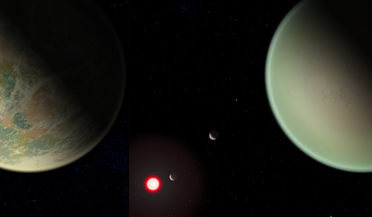 08 January 2020
New technique on finding oxygen could help find alien life
08 January 2020
New technique on finding oxygen could help find alien life
...is essential for life as we know it. On Earth organisms such as algae, plants and trees convert molecules such as carbon dioxide (CO2) into oxygen (O2) – molecular oxygen, O2, and atomic oxygen, O, are both referred to as oxygen – in a process called...
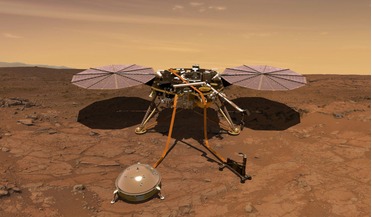 24 February 2020
First results from InSight reveal a seismically active Mars
24 February 2020
First results from InSight reveal a seismically active Mars
... is a scant amount of moist convection circulating the planet. Also unlike Earth, the atmosphere’s main component, carbon dioxide (CO2), preferentially condenses on the Martian polar regions and in the middle atmosphere. Overall, the data gleaned...
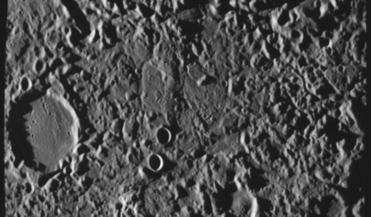 27 March 2020
Mercury's crust could have had episodic habitable conditions, new study says
27 March 2020
Mercury's crust could have had episodic habitable conditions, new study says
... escaping Mercury’s subsurface. These volatiles, or volatile-rich compounds, include chemicals such as nitrogen, water, hydrogen, carbon dioxide and sulphates, stretched as far down as at least 2.5 kilometres, if not further and in some areas and...
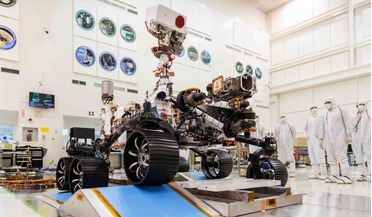 18 June 2020
Countdown to NASA’s new Mars rover launch
18 June 2020
Countdown to NASA’s new Mars rover launch
... the rover include four to analyze the composition of Mars’ rocks and dust, one to try turning the carbon dioxide in Mars’ atmosphere into oxygen, a set of sensors to measure dust and wind, and a ground-penetrating radar. Riding...
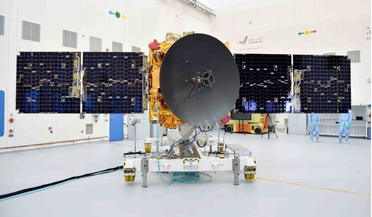 20 July 2020
Hope launch heralds ambitious future space plans
20 July 2020
Hope launch heralds ambitious future space plans
... pointed out the science linking Hope and NASA’s Perseverance rover - Hope is meant to observe, in part, the carbon dioxide dominating Mars’ atmosphere, while an instrument aboard Perseverance will try to turn some of the poisonous gas into...
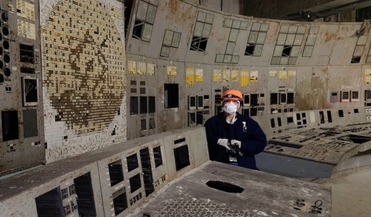 27 July 2020
Radiation-loving fungus could protect astronauts from cosmic rays
27 July 2020
Radiation-loving fungus could protect astronauts from cosmic rays
... similar way to photosynthesis, the organisms appear to undergo radiosynthesis, meaning that instead of using sunlight to convert carbon dioxide and water into an energy source for food they use melanin to convert gamma-radiation into chemical ...